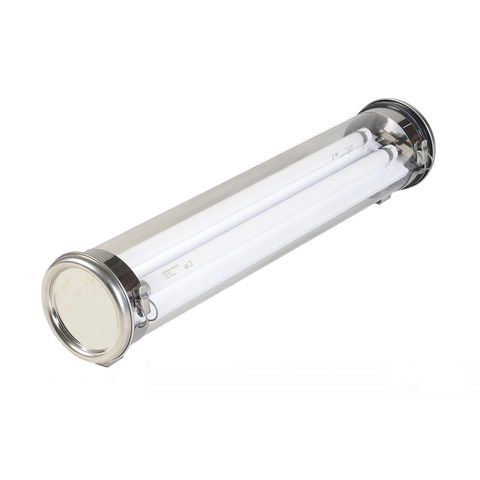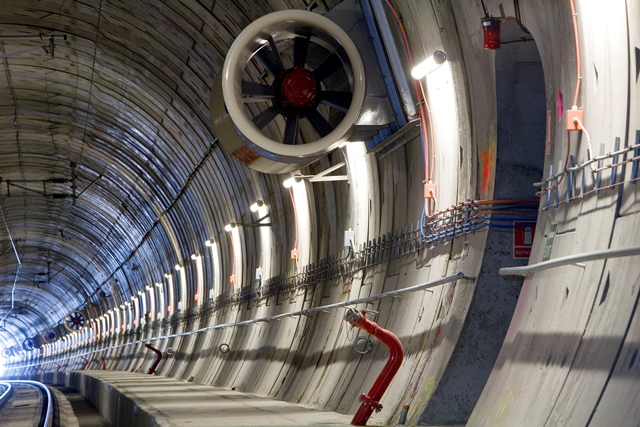Providing an effective lighting solution for hazardous areas is of critical importance to ensure safety and mitigate the risk of sparking an explosion.

Hazardous areas are broadly defined as locations where a concentration of flammable gases, vapours or dust accumulates increasing the potential for an explosion. This can be due to the result of arcing contacts or the creation of a hot surface temperature by the lighting equipment in the hazardous area. In Australia and New Zealand, lighting for hazardous areas is subject to the requirements of AS/NZS 60079 series.
Sammode Lighting Australasia is a recognised provider of specialised lighting for hazardous environments offering a range of robust and durable solutions. For example, the Kepler range provides an effective solution for general lighting applications for Zone 2, 21 and 22. It uses the protection method “n” whereby the luminaire is designed to be non-incendive, ensuring the luminaire is not an ignition source during normal operation. Designed for low maintenance and long life, an additional benefit of the Kepler is the high weatherproof rating that is adapted for pressure cleaning during routine maintenance.
Typical Specs:
Kepler 100 – for 1 x T8 lamp application, luminaire diameter = 100mm
Kepler 133 – for 2 x T8 lamp application, luminaire diameter = 133mm
- Operating temp. -20°C to +40°C
- Conforms with AS/NZS 60079 for Zone 2, 21 and 22
- Weatherproof rating – IP66, 68, 69K • Impact resistance – IK10
- Housing – co-extruded polycarbonate/PMMA diffuser for chemically aggressive environments
- End caps – 316L stainless steel
- Optics – intensive beam, extensive beam and extra extensive beam
Additional Information – Overview of Hazardous Location Zones for Electrical Equipment
GAS ZONES
Gas zone are broken down into 4 categories, each with a different level of risk:
Non-Hazardous Area – common areas are defined as a house or office location where hazardous gases are extremely uncommon.
Zone 2 – In this zone, gas or vapours would only be present under abnormal conditions. As a general guide for Zone 2, unwanted substances should only be present under 10 hours/year or 0 - 0.1% of the time.
Zone 1 – Gas or vapours are expected to be present for long periods of time under normal operating conditions. As a guide for Zone 1, this can be defined as 10–1000 hours/year or 0.1–10% of the time.
Zone 0 – Gas or vapours are expected to be present all of the time. As a guide for Zone 0, this can be defined as over 1000 hours/year or >10% of the time.
DUST ZONES
Dust zones are broken down into 3 categories, each with a different level of risk:
Zone 22 – This is a location in which a cloud of combustible dust is not likely to form in normal operation, but if it does, it will only be present for a short period of time.
Zone 21 – This is location where a cloud of combustible dust is likely to occur occasionally during normal operation. Zone 20 – This is a location where a cloud of combustible dust is continuously or for long periods of time during normal operation.

